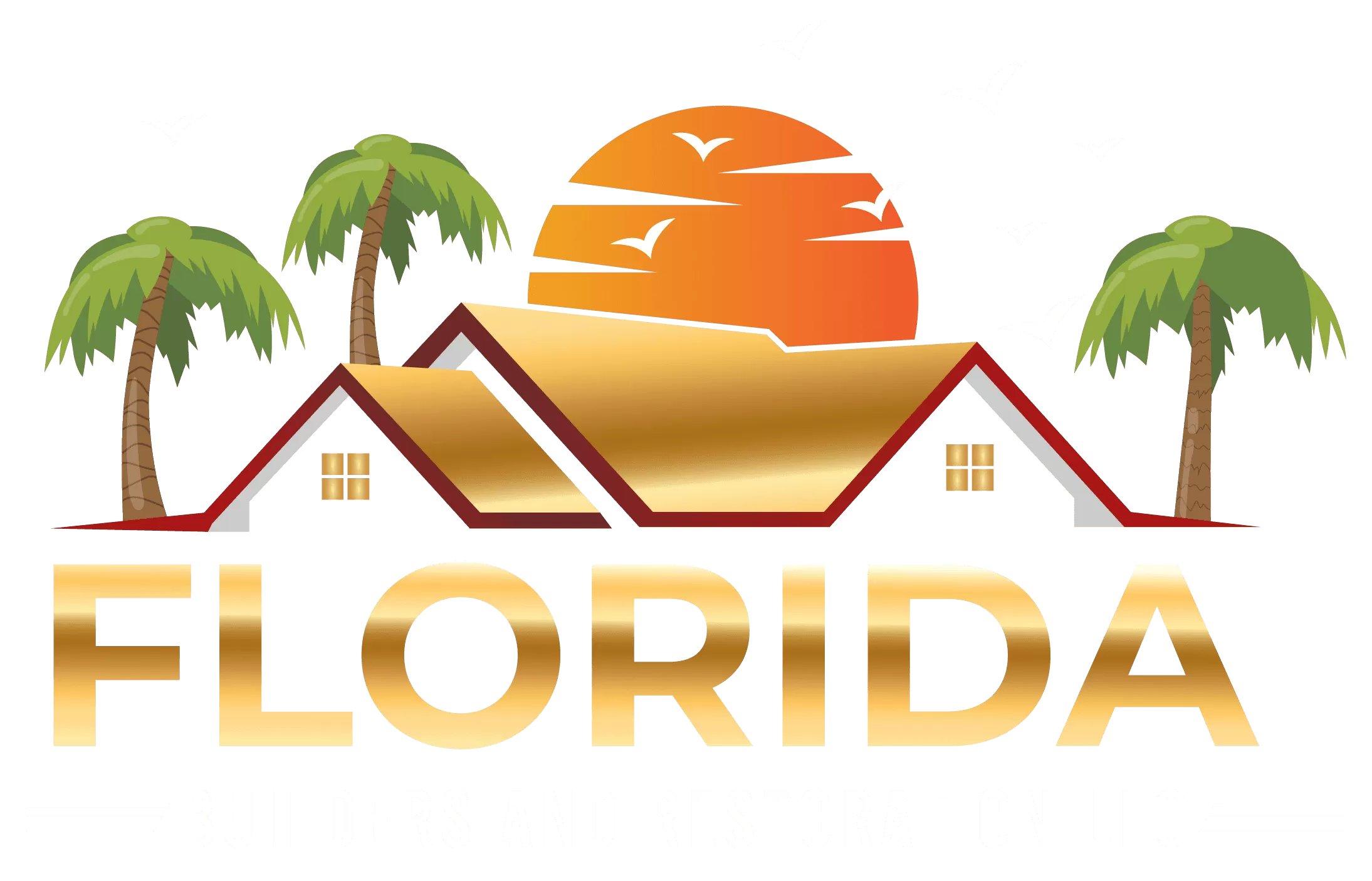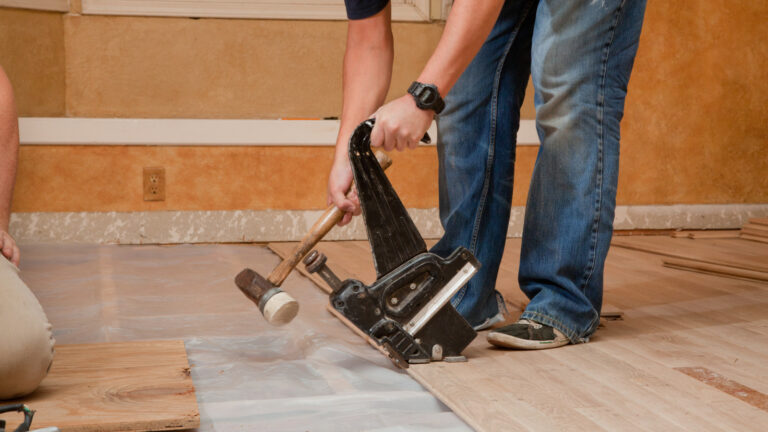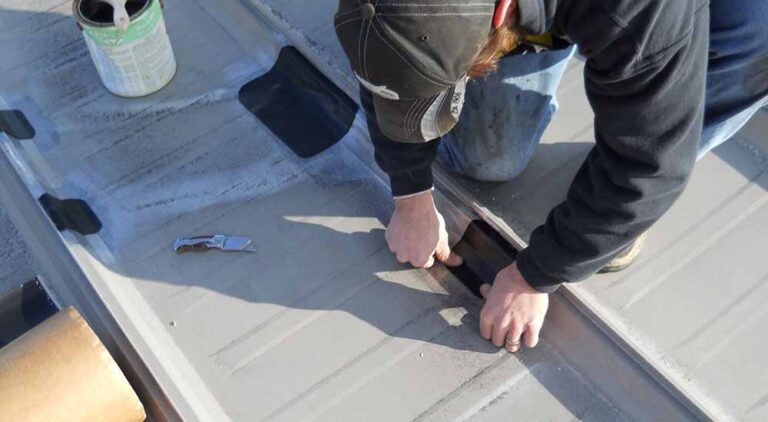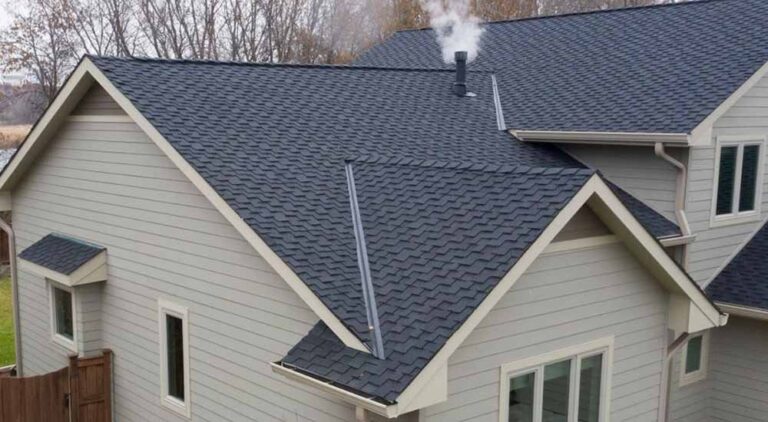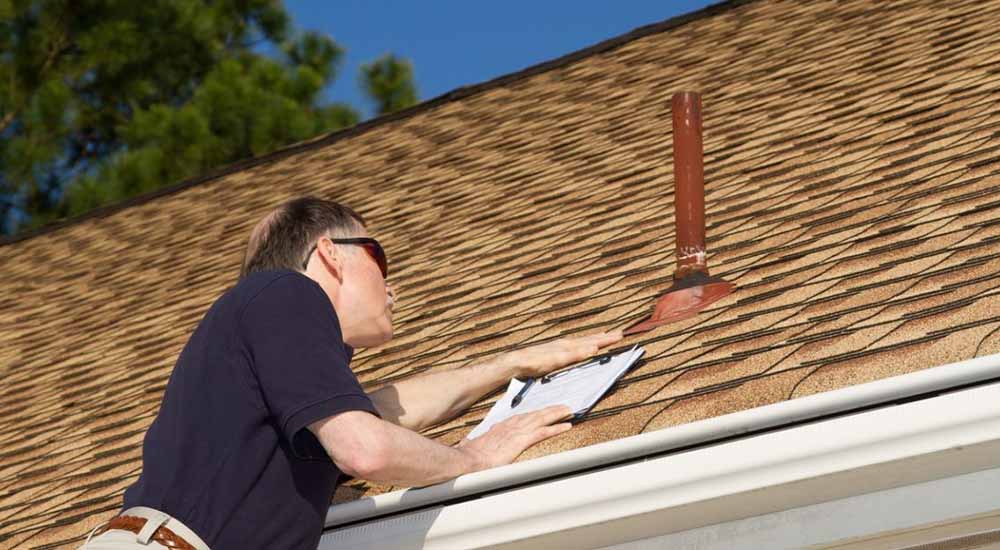
Planning a roof replacement or repair? One of the first hurdles you’ll face is estimating the needed roofing materials in Cape Coral, FL. This might seem daunting, but you can create an accurate estimate with some know-how. By understanding your roof’s dimensions and the materials involved, you’ll be well-equipped to navigate conversations with roofing contractors or confidently purchase materials for a DIY project (always ensure it aligns with your skillset and safety precautions).
Why Estimate Roofing Materials?
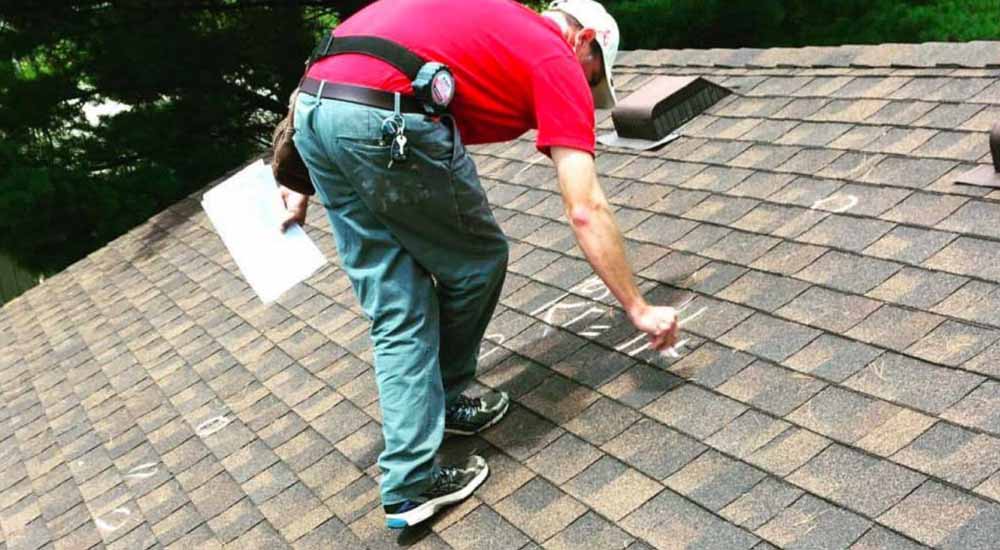
Estimating your roofing materials is essential for a few reasons. First, it helps you make smart choices by knowing how much money you’ll need and comparing prices from different roof companies. Second, measuring your roof might uncover hidden problems like broken spots or structural issues. Lastly, if you plan to do the roofing yourself and are good at it, having a metal rooF material estimate in Lake Suzy, FL ensures you have everything you need to finish the job without worry.
Factors Affecting Estimation
- Roof Size
- Pitch of the Roof
- Complexity of the Roof Design
Safety First: Important Precautions
Safety comes first when working on roofs. If you’re uncomfortable with heights, hiring a professional is best. Here are some key safety tips:
- Always work with a partner to assist you and hold the ladder steady.
- Avoid measuring in wet, snowy, or icy conditions to prevent slips.
- Don’t measure during windy or stormy weather.
Determining Material Quantities
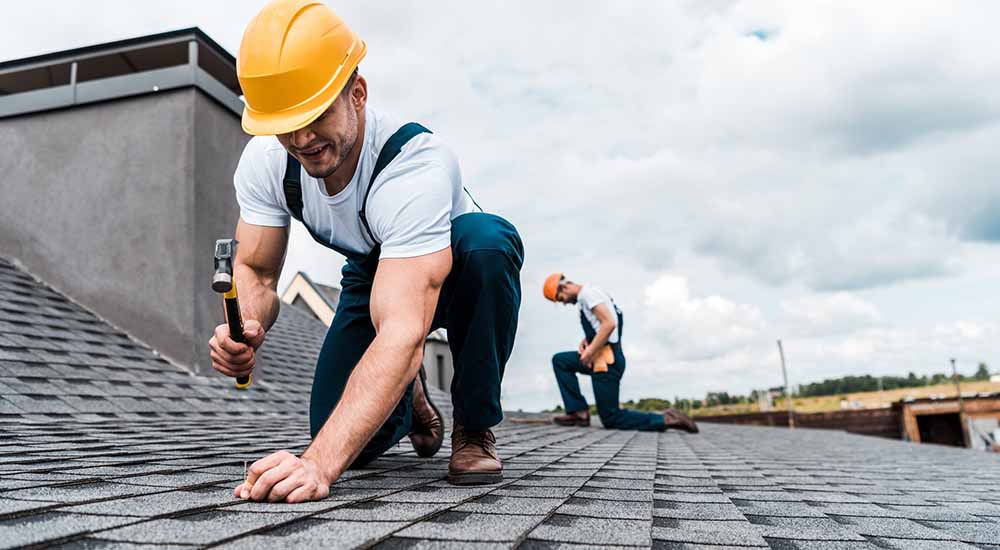
Calculating Square Footage for Simple Roofs
Simple roofs like sheds or single-plane garages are the easiest to measure. Simply multiply the length by the width of the roof surface to get the square footage. For example, a shed roof 10 feet long and 8 feet wide would have an area of 80 square feet (10ft x 8ft).
Addressing Complex Roof Shapes (Gable, Hip, etc.)
For more complex shapes like gable (with two slopes) or hip roofs (pyramid-shaped with four slopes), the process requires breaking the roof down into simpler shapes. Here’s how to tackle these:
Gable Roofs: For gable roofs, measure the length and width of the rectangular base. Then, find the area of each triangle (half base times height) and add them to the base’s location for the total.
Hip Roofs: Hip roofs are trickier. Seek professional advice for accurate measurements. If you’re set on DIY, research specific techniques online.
Underlayment:
- The type and slope of your roof decide the underlayment needed.
- Commonly, #15 underlayment covers about 4 squares per roll.
- Adjust based on roof slope and protection recommendations.
Accessories and Fasteners:
- Consider drip edge, hip and replace ridge cap shingles, and nails.
- Use 4 nails per field shingle, adjusting for high-wind areas.
- Choose nail size and spacing carefully for proper roofing installation.
Additional Considerations:
- Ventilation: Ensure good airflow to regulate temperature and protect the roof.
- Flashing: Metal flashing is used to keep water out of roof joints.
- Ice/Water Shield: Essential for areas with ice and snow.
- Boots: Needed for sealing around pipes on the roof.
- Delivery Charges: Remember extra costs for material delivery.
Consulting Professionals:
Even with this guide, roofing projects in Port Charlotte, FL can be tricky. Get help from our professional roofer for precise measurements and advice. Florida Builders and Restoration knows the ins and outs of roofing materials, reducing mistakes and improving results.
Accounting for Roof Pitch
Roof pitch refers to the angle of your roof’s slope. Steeper pitches require more materials. While the exact pitch won’t be crucial for your material estimate, it’s good to note it during measurement. Most roofing materials are rated for specific pitch ranges. Knowing your pitch helps ensure your chosen roofing materials in Venice, FL suit your roof.
